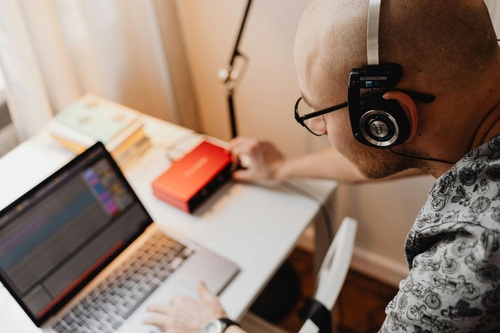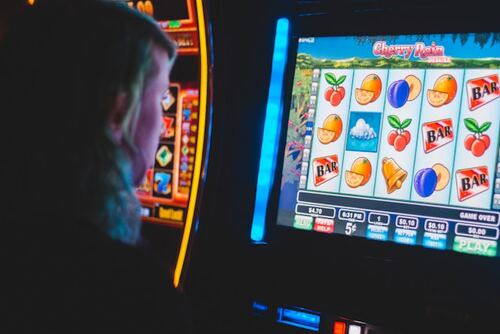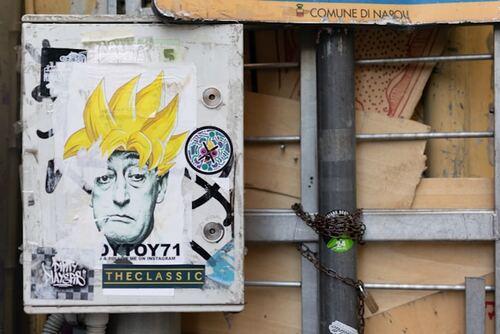Think back to the last time a melody caught you off guard. It might have been the soft hum of background noise in a television commercial, the theme of a cinematic heartbeat for a short film, or the looping beat in a podcast introductory music. Music is not an afterthought—it’s a partner. And increasingly, it’s not musicians in a recording studio making those landscapes. It’s computers.
AI has insidiously entered the music industry not with a bang, but with an incessant rhythm that cannot be ignored. Be it producers streamlining their workflow or content creators looking for instant, tailored sound—this revolution is all-pervasive.
At the heart of this revolution is availability. Not everyone can afford to purchase a full production suite or a licensing agency. But now, through typed requests and some instruction, anyone can create excellent music. And it isn’t actually elevator music in the classical sense—it’s tonal, emotional, and rather innovative.
Using AI-generated music isn’t a matter of replacing artistry. It’s a matter of reimagining what it means to create sound, to personalize it, to share it and so on. If you’re composing an intro to your video series, you would want something ambient, maybe a bit of future bass and some build-up. That’s now a 60-second task.
The real triumph here is in iteration. You’re not locked into one version. You can experiment with, re-do, reverse direction on styles, or pile up instruments at will. It’s music on demand, as flexible and fast as your creative process demands.
Creators—particularly those wearing multiple hats—stand to gain from this immediacy. Whether a content creator uploading five videos a week, or a nonprofit crafting a heartfelt campaign spot, bespoke soundtracks are now within reach.
And the technology does not just create noise. It is aware of mood. It reads keywords like “hopeful,” “introspective,” or “gritty,” and translates that into rhythm, tempo, and instrument choice. That emotional IQ is what separates AI music from robotic to relatable.
Another method that’s gaining popularity is the hybrid method: AI music combined with traditional audio production. Musicians and producers are using AI software for inspiration, for a skeleton, or for an initial track foundation—adding human creativity on top of that. It’s not replacement, but force multiplication.
In schools, students studying media arts can now enjoy music production without decades of theory. For advertisers, sonic branding is no longer the domain of big budgets. AI makes these moments accessible, with professional-quality audio as close as stock photography.
And don’t forget about the experimental side. Want to blend classical strings and trap drums? Record out what medieval folk would be with synth-pop gloss? Go ahead. AI doesn’t mock the strange—it celebrates it. That kind of creative liberty is rare, and it’s taking things in surprising directions.
There’s also peace of mind with licensing. All of the platforms utilized to produce AI music have songs that are royalty-free, including commercial usage. That removes legal doubt and allows projects to proceed without being held up.
What once took a sound booth, a session musician, and a mix engineer can now be accomplished by whoever has a laptop and an idea. Naturally, old-school artistry is still heavily prized—but AI is opening doors for a new, broader form of creativity.
It’s a new chapter in music production—quiet, perhaps, but rich with possibility. The harmony between human intuition and machine precision is becoming its own kind of art. And the best part? We’re just getting started.


